Background:
I'm trying to come up with a coding scheme such that any of my 14 players (separately; each player is shown as numbered circles below) on the center thick line of my soccer field independently moves to left by .1 (in x-axis value unit) if the result of outcome = sample(x = c(1, 2), size = 1) is 1 and if the result of outcome = sample(x = c(1, 2), size = 1) is 2, the player moves to right by .1 (in x-axis value unit).
Thus, the goal is that each player can independently move to the left or right based on the result of the outcome.
Coding Question (R code is provided below):
Do I need to write outcome[i] = sample(x = c(1, 2), size = 1) 16 times for each player and then construct something like:
outcome1 = sample(x = c(1, 2), size = 1)
outcome2 = sample(x = c(1, 2), size = 1)
#.
#.
#.
and then change the x of that player based on his outcome:
if(outcome1 == 1) { points(x - .1, y, cex = 4.5, lwd = 3, pch = 21, bg = 0)
} else { points(x + .1, y, cex = 4.5, lwd = 3, pch = 21, bg = 0) }
Or there is a better way?
Here is my R code:
plot(1, ty = "n", ann = F, cex = 3)
par = par('usr')
rect(par[1], par[3], par[2], par[4], col = 'darkseagreen1' )
points( 1, 1, cex = 5, pch =20, col = 0)
points( 1, 1, cex = 33, lwd = 5, col = 0)
abline(v = 1, lwd = 10, col = 0)
rect(.6, .6, 1.4, 1.4, lwd = 5, border = 0)
rect(0, .85, .65, 1.15, lwd = 5, col = 'darkseagreen1', border = 0)
rect(1.35, .85, 1.45, 1.15, lwd = 5, col = 'darkseagreen1', border = 0)
box()
x = rep(1, 14); y = seq(.6, 1.4, len = 14)
points(x, y, cex = 4.5, lwd = 3, pch = 21, bg = 0)
text(x, y, 1:14, font = 2)

